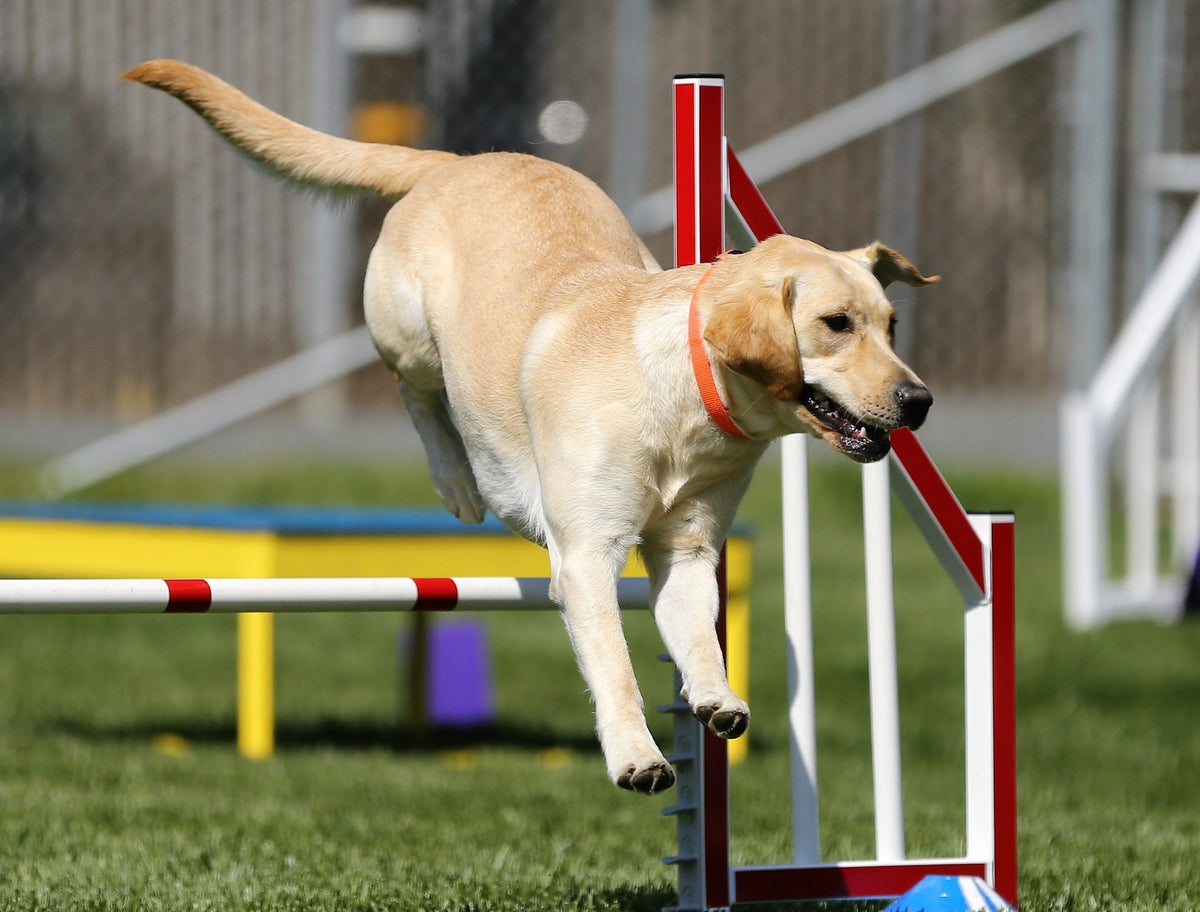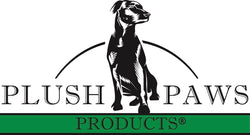
There are a variety of bone diseases that can affect our dogs, but each presents with similar symptoms like limping and being in pain. It is important that we, as pet owners recognize these signs and seek treatment immediately.
Dogs are prone to many diseases and the most common are those that affect their skeletal system. If your dog is limping or is favoring a particular leg, chances are your dog has joint or bone disease. There are several causes but the most common is age-related.
There are many causes to the lameness or limping of your dogs. Majority of the causes can be resolved without the need for medical or surgical intervention. But, there are cases where it is serious and should seek the advice of a veterinary immediately. If not, it could result in permanent lameness or even debilitating arthritis. Large breed dogs are affected by these bone diseases.
Bone diseases common in young dogs
Here are the common diseases in young and growing dogs:
Panosteitis is a condition where the surface of the dog's long bones is inflamed. It is a painful inflammation on the dog's outer surface or shaft with one or more long bone of your pet's legs. Also called "growing pains", Panosteitis can happen one bone at a time or may transfer causing a shifting in lameness. The lameness can happen in an instant.
It is a painful condition and is likely to be caused by the increase in pressure within the bone. The underlying cause of this condition is unknown, but the major underlying factor is stress and genetics.
Osteochondritis Dissecans (OCD) is a defect on your dog's smooth cartilage surface. This could happen in one or more joints of your pet. The condition is an abnormal development of the cartilage on the end of the bone in the joint (osteochondritis) and the separation of the diseased cartilage in the underlying bone (dissecans). It affects your dog's joint, but the elbow and the knee could be prone to the condition. In some cases, there will be a flaw in the flap of the cartilage or the crack in the cartilage at the end of the bone. Because of this, your dog's activity may be restricted for a few weeks and may not need any kind of treatment. If the piece of the cartilage breaks off, then your veterinarian may need surgery.
Hypertrophic Osteodystrophy (HOD) is inflammation present in the growth plates of your dog's long bones. It swells and it is a painful condition for your pet that may lead to fever and loss of appetite. Your veterinarian may recommend medications to relieve the pain and cut the inflammation.
Hip Dysplasia is abnormal development or growth of the hip joint. It occurs when the ball and socket of the joint forms improperly. As your dogs grow, both the ball and socket should grow at similar rates, which results in the two not fitting right. This causes the hips to become out of place or loose causing pain and lameness in your pet.
Hip Dysplasia is considered as a hereditary disease common in large-breed dogs such as Labrador Retrievers, St. Bernard, Great Dane, and German Shepherd. When the dog has hip dysplasia, your dog may have trouble standing from a lying position and may walk limp. In mild cases, dogs may not show signs of lameness at all. Yet, in both conditions, your dog will develop secondary arthritis as they age.
To cure the condition, your veterinarian may suggest surgery and medication. Talk with your vet to see what treatment is best for your pet.
Ways to Prevent Bone Problems in Your Dogs
Give Them Proper Diet Right From The Start
The first few months is essential for preventing bone disease in adult dogs. Although some bone diseases are due genetics, your dog's diet affects it as well.
Large breed dogs are often affected by bone diseases due to the fact that the bones of large breed dogs are emptier than those of smaller breeds. It is important that the quality of food you provide to your dog as a puppy is in a controlled manner taking note of your dog's future bone and joint health.
Treat Injuries As Soon As Possible
If you suspect that your dog is injured, treat it as soon as you can to reduce possible joint problems in the future. When your dog got hit by a car, for example, have it immediately checked by your veterinarian. They may need surgical treatment and forced rest to help it to heal.
Exercise
When dogs stop to move, they gain more weight. The weight puts a lot of stress in your dog's bones and joints. Exercise helps in keeping the joints in good condition. It does that by pumping in natural lubrication in that area. Exercise not only keeps the joints healthy but slims them down as well.
Multivitamin Supplement
If you feel that their diet lacks the necessary nutrients to keep their bones and joints strong, a multivitamin supplement can help fill in the gaps. Vitamin supplements that contain glucosamine and chondroitin helps prevent further bone and joint damage and promote the relief caused by the joint stress.
Glucosamine helps in repairing body tissues such as cartilage. It has an anti-inflammatory effect which helps in reducing your dog's pain. With the right amount, your dog's joint will restore naturally.
Chondroitin help dogs cope with hip dysplasia, arthritis, and other degenerative joint condition. Chondroitin is a key component of the cartilage. It is a flexible and naturally occurring substance that keeps the joint cushioned as your dog moves. But, as your dog ages, the levels of chondroitin declines. Chondroitin support cartilage health and helps in slowing down the deterioration of joint tissue. It also reduces the inflammation found in degenerative joint diseases.
PlushPaws1 is specially formulated with vitamins and minerals to support not just the bones and hips, but the eyes, skin, coat, brain health, immune system and many more. It has the right quantities and levels of vitamins and minerals to help prevent various ailments and diseases due to improper diet, aging, unhealthy lifestyle, etc. Find out more about PlushPaws1 by visiting this link.
